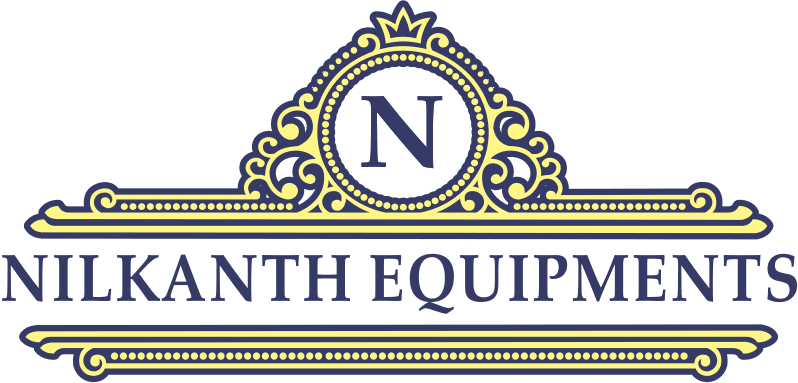
Benefits of Modular Kitchen Equipment for Restaurants
In this blog, we’ll explore the key benefits of modular kitchen equipment and why it’s a smart choice for restaurants that are scaling up.


© 2024 Crivva - Business Promotion. All rights reserved.